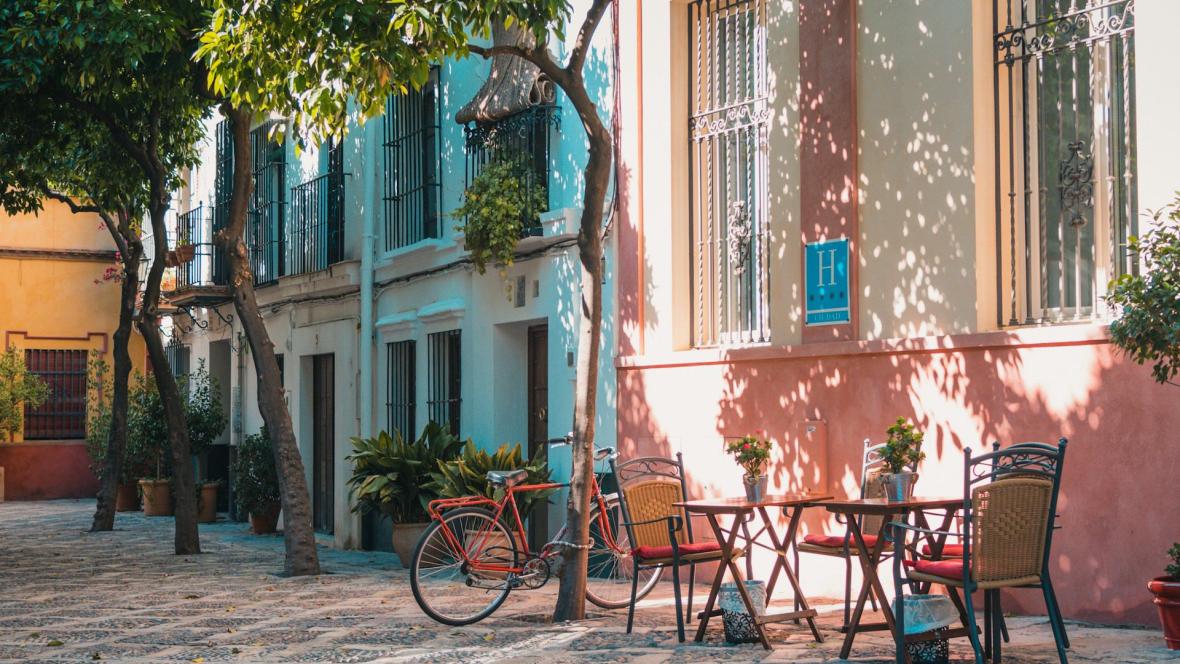Cities That Prolong Life

Aging well depends not only on the body, but also on the place.
An 83-year-old woman takes a detour to find the only crosswalk with a traffic light in her neighborhood.
It’s not that she can’t cross — it’s that she can no longer improvise.
She stops three times. Looks. Breathes. Continues.
Everything around her seems made for those who walk fast, for those who don’t need support.
And in that simple journey lies a complex question:
What kind of city are we designing when we leave out those who need it most?
What kind of city are we designing when we leave out those who need it most?
From Spain and southern Europe, where demographic aging is advancing rapidly, it is urgent to rethink our cities — not only to withstand that change but to anticipate it with intelligence.
The quality of our old age is not only determined by the body. It also plays out on sidewalks, on park benches, on the bus that arrives… or doesn’t. The urban space is not a neutral backdrop: it is a factor of well-being or exclusion. And when the environment excludes, autonomy diminishes, social participation weakens, and health inevitably deteriorates.
Urban planning also ages (and should do it well)
We often think of aging as an individual matter: genetics, health, attitude. But the truth is that aging well depends just as much on the environment as it does on the body. That’s why, when we talk about active aging, we must also talk about active urban planning. About thoughtful design. About environments that enable rather than restrict.
It’s not enough to live longer if those extra years are lived in confinement. In isolating neighborhoods, with impossible sidewalks, endless staircases, or unreachable transport. Longevity is also shaped in cities. And a city hostile to slow steps or unhurried conversation is a city that shortens life, even if it doesn’t say so out loud.
Cities that not only tolerate—but accompany
In a world that is aging — and aging fast — urban planning can no longer focus only on childhood, youth, or working life. We need cities that support the extension of life. That not only tolerate older people but welcome them, integrate them, and encourage them to participate.
According to WHO data, the design of the urban environment directly influences the level of physical activity, mental health, and functional autonomy of older adults. Longitudinal studies have shown that people living in neighborhoods perceived as safe and walkable have lower rates of depression and better maintenance of physical abilities over time.
Some examples to inspire us
In some parts of the world, this is already understood. In Spain, initiatives such as age-friendly environments or urban accessibility plans are gaining traction, although many challenges remain. In Japan, certain neighborhoods are redesigning their streets so that walking is not an obstacle but an invitation. In the Netherlands, benches are strategically placed every 150 meters. And in several Latin American cities — such as Medellín or Montevideo — intergenerational approaches are being explored that restore an active role to older people in community life.
It’s not just about infrastructure—it’s about presence
Designing a longevity-friendly city is not just about adapting infrastructure. It’s about creating conditions so that no one is left out of shared time — not in parks, not in public debates, not in daily routines. It’s about thinking not only of those who can still get there, but also of those who stopped halfway and no longer insist.
The city also communicates what it values. When it cares for its benches, provides shade at the bus stop, or enables an older adult to get to a library on their own, it is saying that that life matters. And that — even if it doesn’t show up in the statistics — is a public health factor.
Longevity-friendly cities: more livable for all ages
It’s not about building cities for older adults. It’s about building cities prepared for longevity — more livable for all ages. Cities that understand that to care is not to protect, but to enable. To recognize that aging is not a problem, but one more stage in each of our urban journeys.
Because, in the end, the city we dream of is not a new city. It’s a city that allows us to stay. To stay with others. To stay being. To stay alive.
What if 21st-century urban planning wasn’t measured by speed or technology, but by its ability to care for all ages?
